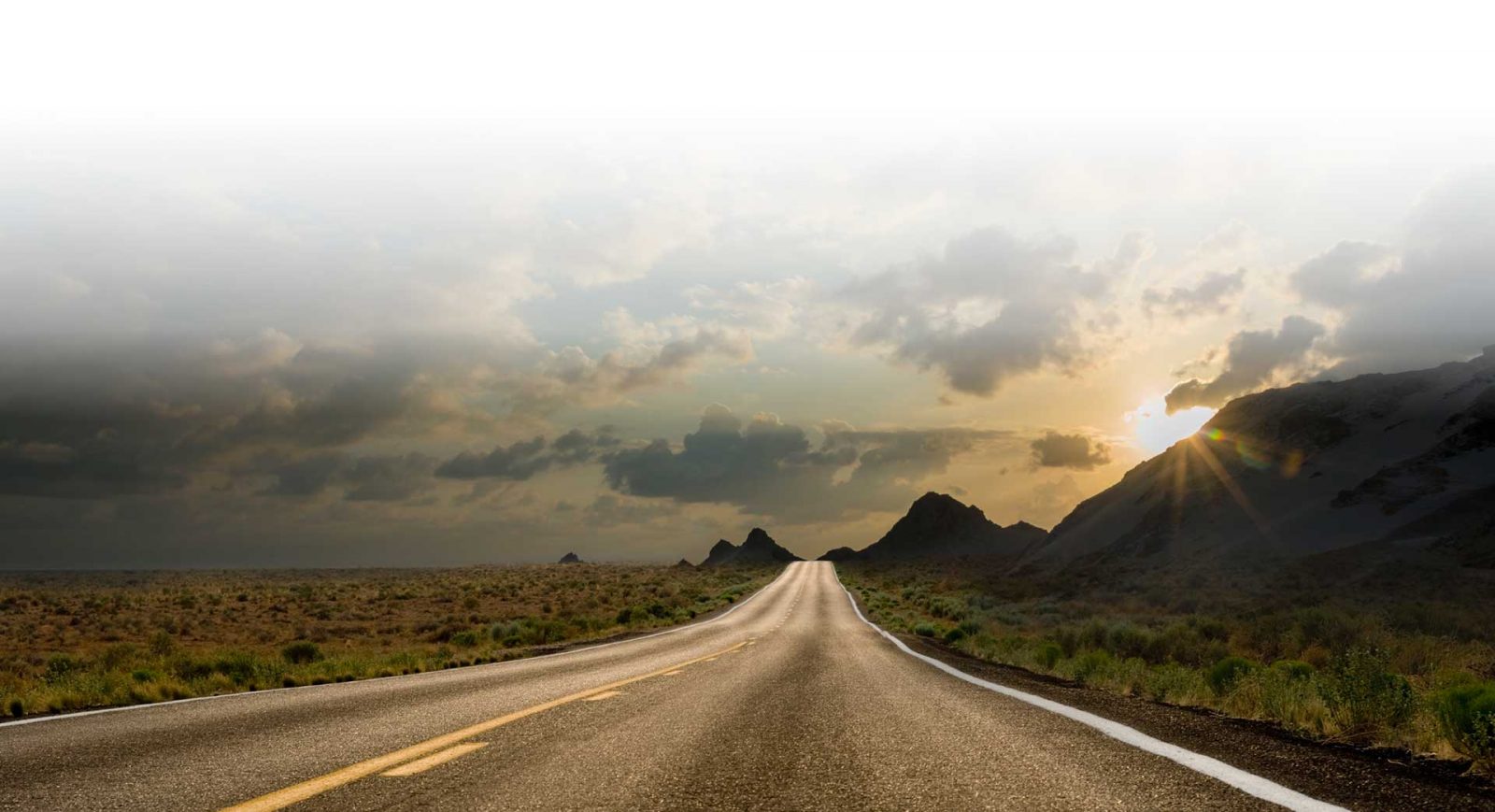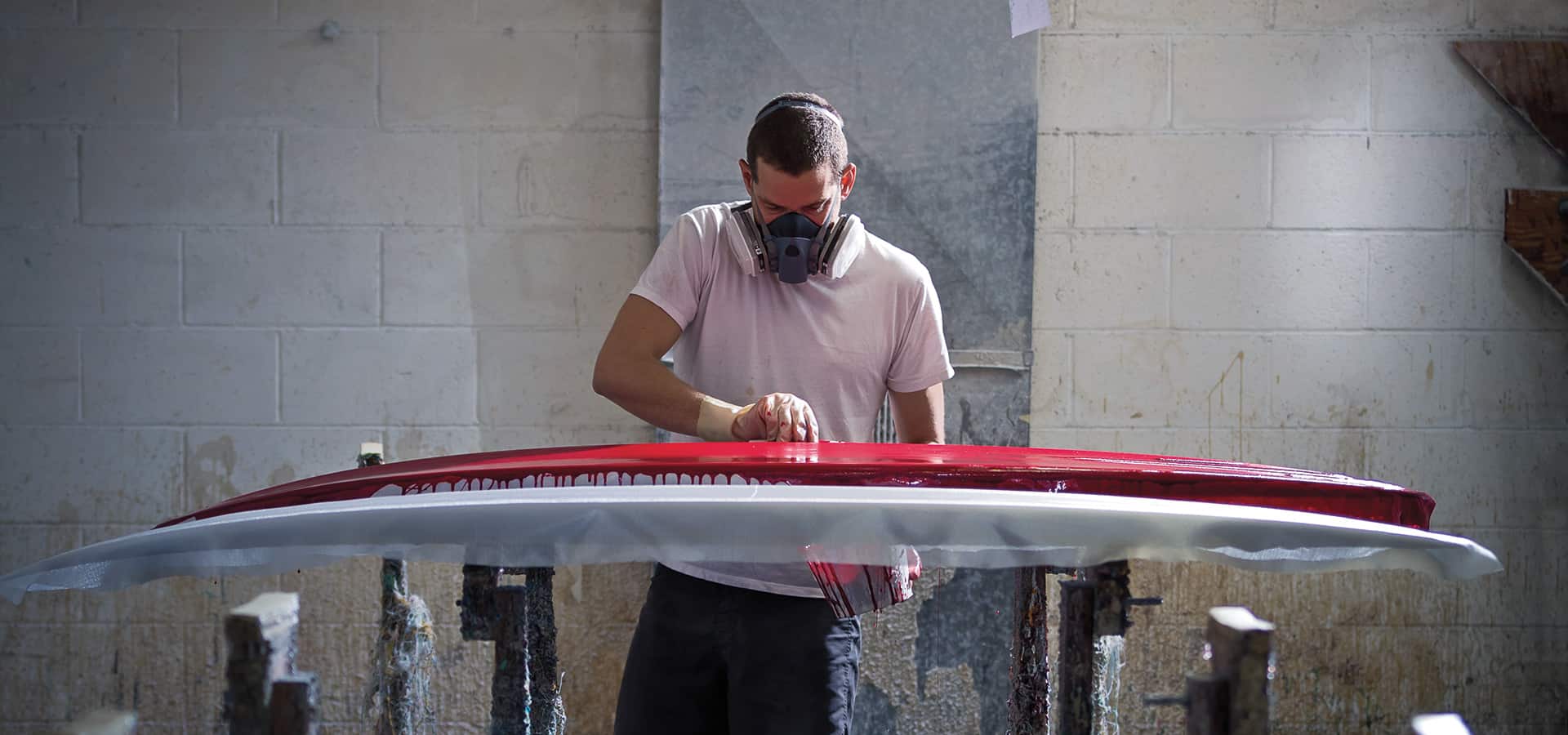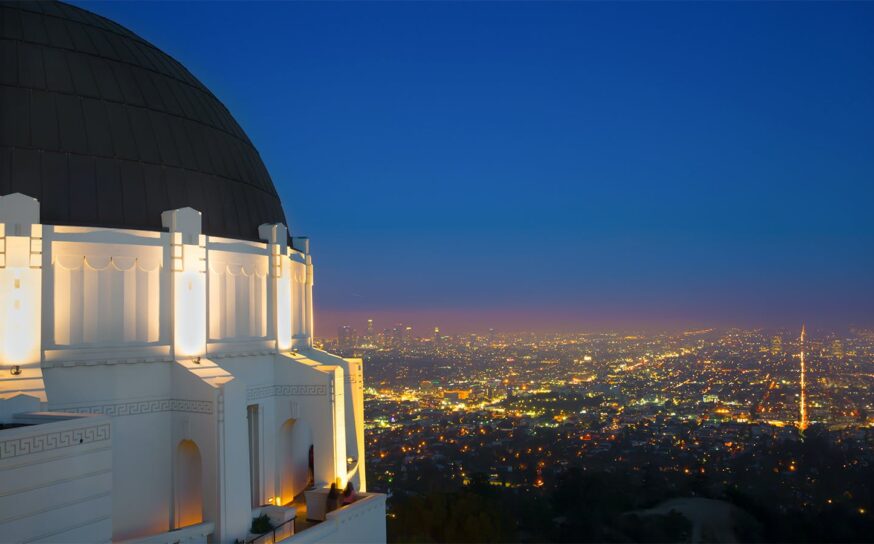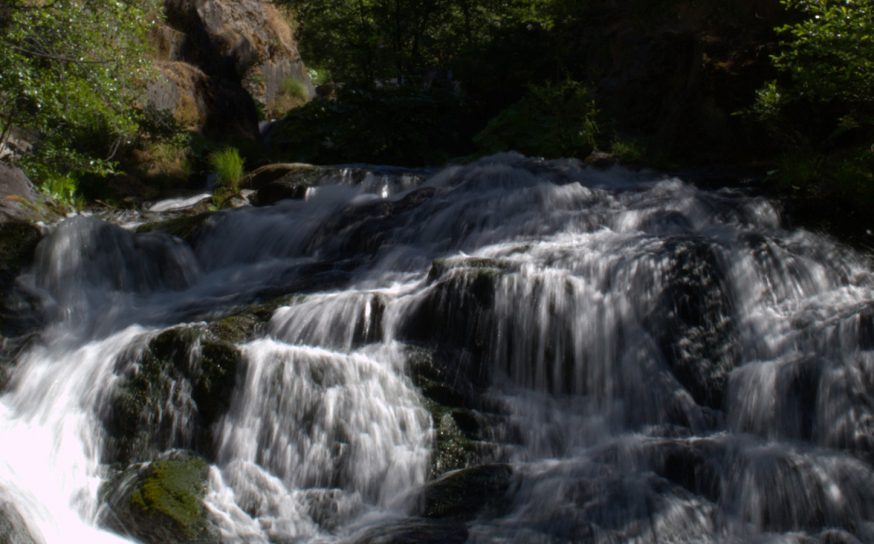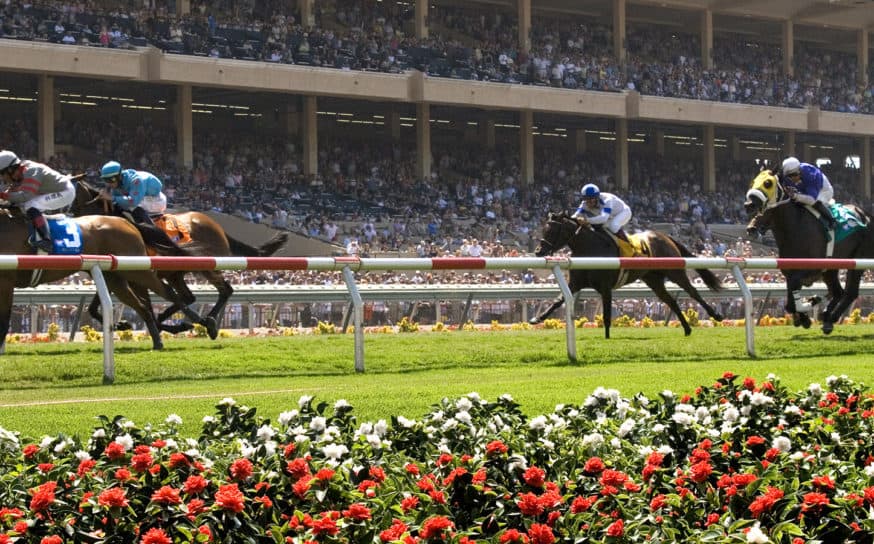California’s Iconic Surf Culture Shakes Hands with the South Bay’s Evolving Art Scene
Take a look inside Jon Mangiagli’s surf factory in Hermosa Beach.
-
CategoryArts + Culture, Experiences, Outdoor Adventure, Visual Art
-
Written bySara Debevec
-
Photographed byJeff Berting
One evening in late fall when I was doing my gallery rounds through Hermosa Beach’s industrial arts district, I stumbled upon what I thought was yet another low-key underground art gallery on Cypress Avenue. Right out front, projected onto the white building, was an old ‘60s surf movie. Laughter and music filled the air, someone passed me a beer and there at the door was a beautiful vintage red neon sign that read “Cypress Surf Shop.”
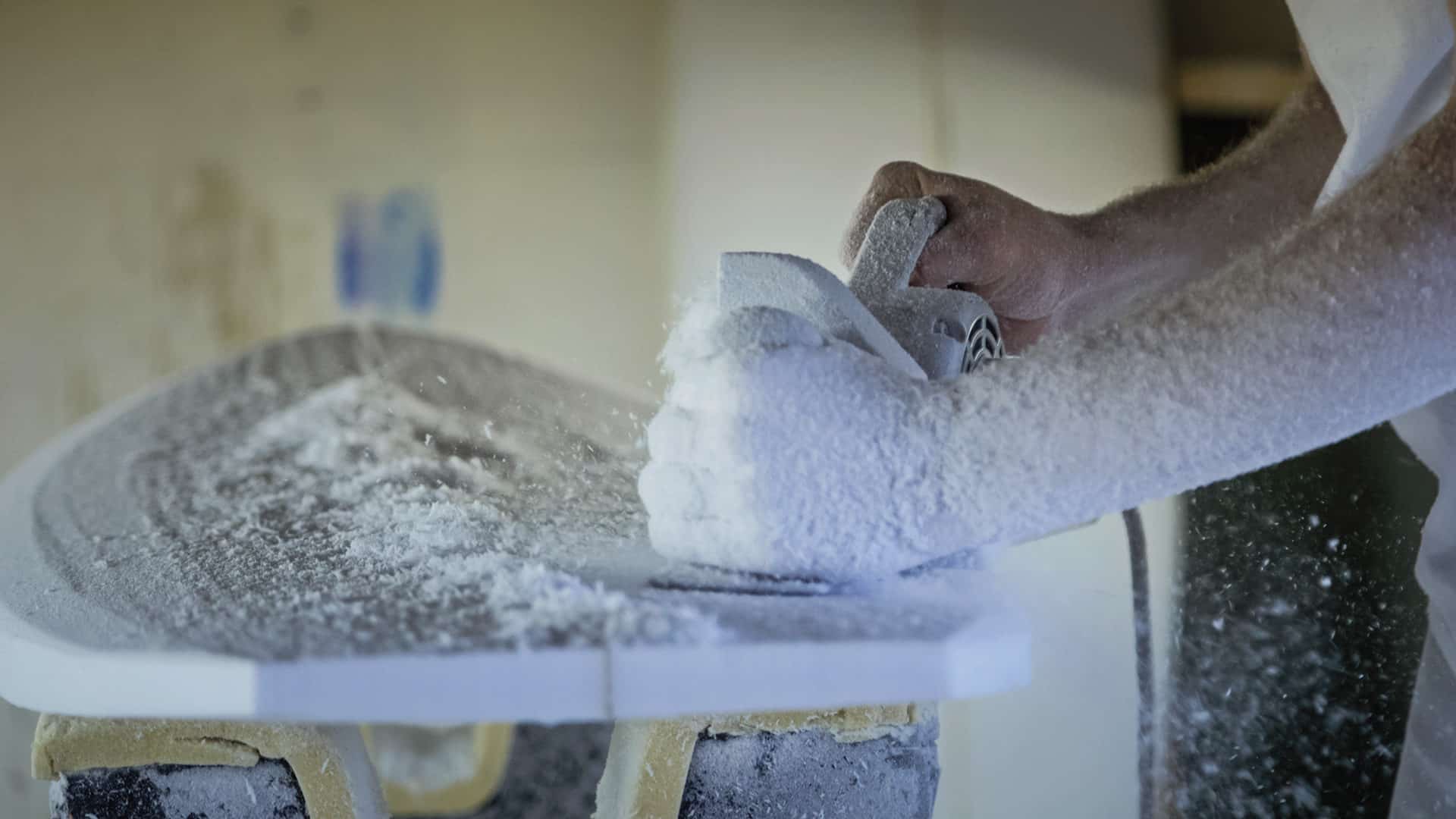
I soon discovered that I was in fact at a factory surf shop and showroom for Mangiagli Manufacturing—one of the longest standing surf factories in the South Bay. It has been in operation for more than 50 years and to this day is a family-run business. I didn’t quite know what to make of it. All I knew was that I wanted to go inside and have someone give me a tour.
As the ‘60s rock ‘n’ roll tunes played through an old-school gramophone, owner Jon Mangiagli walked me through a labyrinth of original, artistically crafted surfboards. Here was a place that at its peak in the ‘70s generated about 100 boards per week—one of the highest volumes of surf-making in the history of California.
With photographs of surfers from LeRoy Grannis’ personal collection covering the walls and originally crafted interior design by California-based artist Brian Bent, Mangiagli Manufacturing is more like a museum than a factory. They even have local bands playing here from time to time. This is a place where the old meets the new—where the industrial rock ‘n’ roll surf culture shakes hands with the contemporary and aspiring art world of the South Bay.

Jon Mangiagli took over the family business just over a year ago from his father, the legendary Steve Mangiagli, who according to the community was one of the best glassers in the world. There is even a small section in the corner where Steve used to keep his toolbox that is still covered in fading family photos, with young Jon looking cheerful next to his brother and sister.
Steve, who started off as a laminator for what used to be Rick Surfboards, ended up buying the manufacturing facility in 1976—creating Mangiagli Manufacturing and making boards for various companies including Rick Surfboards, Kanoa Surf and Natural Progression. In 1980, together with Phil Becker and Dave Hollander, Steve opened Becker Surfboards on Pier Avenue. Today Mangiagli Manufaturing operates as a full-service contract facility, laminating and repairing surfboards for a number of brands.
Now with Joe at the helm, I wanted to know about the Mangiagli craft of today, especially as the Cypress neighborhood welcomes new art galleries and other creative types.
Joe, what’s the secret to your business and surfboards?
Joe Mangiagli: Most of the employees who work here have worked here longer than I have been alive, which is a very humbling thing. The secret is just to not be stagnant—to not get stuck doing the same thing over and over again. The custom boards we make for these guys—it’s almost the same every time but not quite. It keeps it kind of lively. And I like surfing a lot, so that helps.
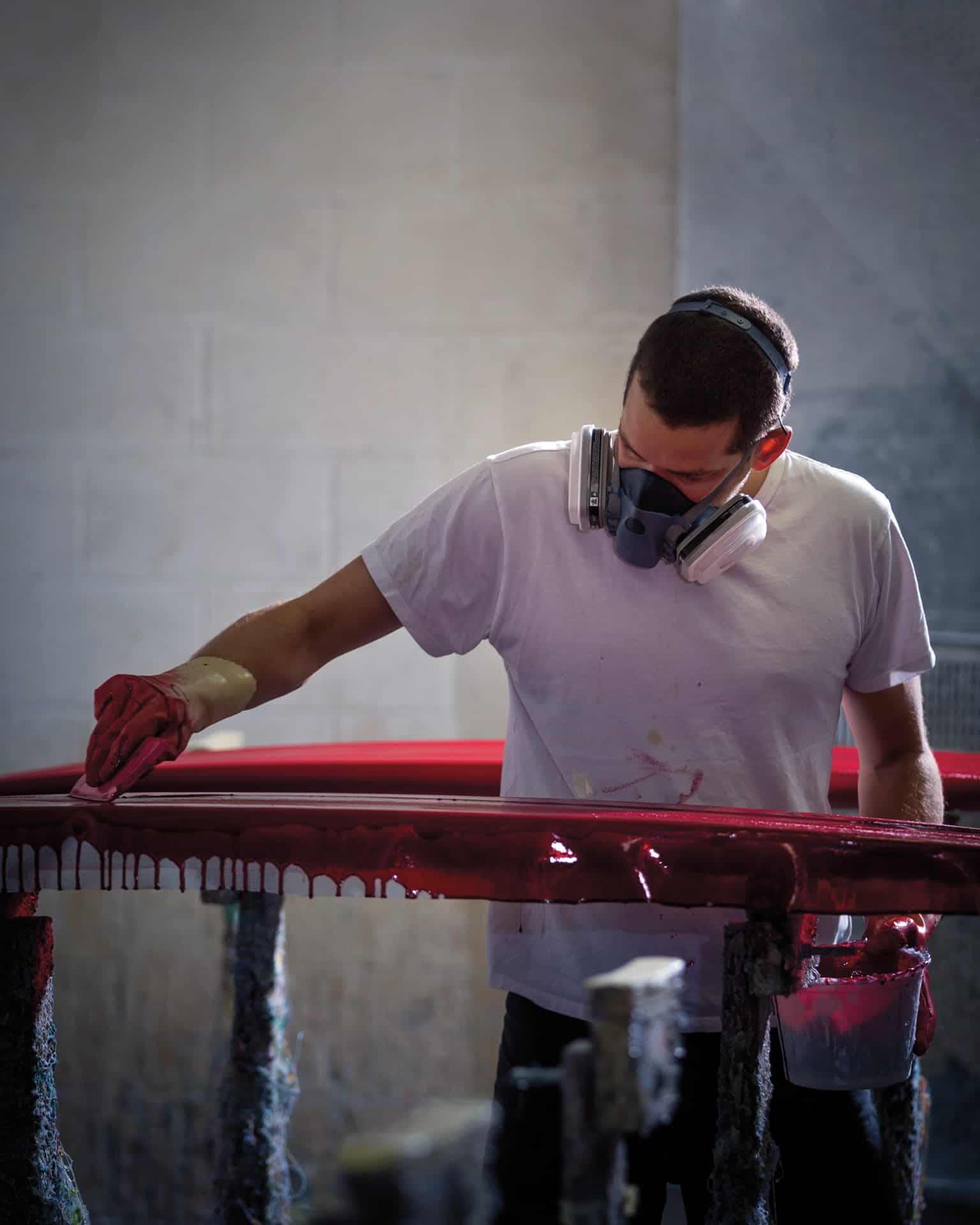
What are the steps to making a surfboard? How long does it take to make one?
JM: If you were to start shaving a board and did the whole thing yourself, you would probably do it in two days. We have it broken up here, so one guy will shape it, another guy will glass it and the next guy will polish it. Usually if somebody orders a board, we’ll have it done within a week or two. It’s the same process the same way the boards were made forever, but each one is a little bit different. We have a bunch of templates, and all the templates are made of wood. So you can take one and put it on the board and trace and measure it, and that’s just an outline of the board. It’s like a sculpture.
How would you describe a Mangiagli board?
JM: They are a combination of what’s been done before and something different and new. I like the aesthetic of older boards, but at the same time I don’t just want to copy that. I want to make something new and use some older stuff that I can get inspired by.
You run a surfboard factory. What’s that like?
JM: My dad and I have been doing this for a long time together, and then one day he was just like, “All right … it’s yours now!” It’s a huge responsibility, and I feel incredibly lucky. It can be stressful—all the stuff that I’m not as versed in—like the permitting and the taxes and all that stuff. Having to learn all that now on top of running a business is a lot, but it’s good.
When I walked into your shop for the first time, you had an event here and were projecting movies onto the building. What did you show?
JM: The Innermost Limits of Pure Fun by George Greenough was one movie, and I think the other one was The Californians by Jamie Budge. They’re both surf movies from the ‘60s. It was fun to throw that party. A lot of people come here to get a new board, but since we have a glass shop next door, a lot of people also come here to get their boards repaired. We have people come in here to hang out and come here to look at the boards. We have people coming through who’ve never surfed before who say, “I had no idea this was a surfboard factory!”
Growing up and surfing here, you know a lot of people who are in that position. You see them a lot. You talk to them—like all my dad’s friends. There is a close, tight-knit surfing community out here.

Do you have any events coming up?
JM: Some friends who I grew up with are in a band called Allah Las. They run Reverberation Radio, and they are also DJs and play records. One of them mentioned a little surf party. So we’re hoping to figure something out soon. That’ll be fun.
Do you partner up with any of the local surf organizations?
JM: Yes. There is a surf club called South Bay Boardriders, and they put on three or four contests every year. I judge all of those contests. I’ll be down there tomorrow first thing in the morning. It’ll be right by El Porto parking lot. Everyone who judges surfs and knows what a good wave is (or has a similar idea). The contest is made around a surf community out here, and it’s going to be my third year now being one of the judges. I used to do a lot of contests growing up, but I don’t surf them anymore. It’s fun to judge though.
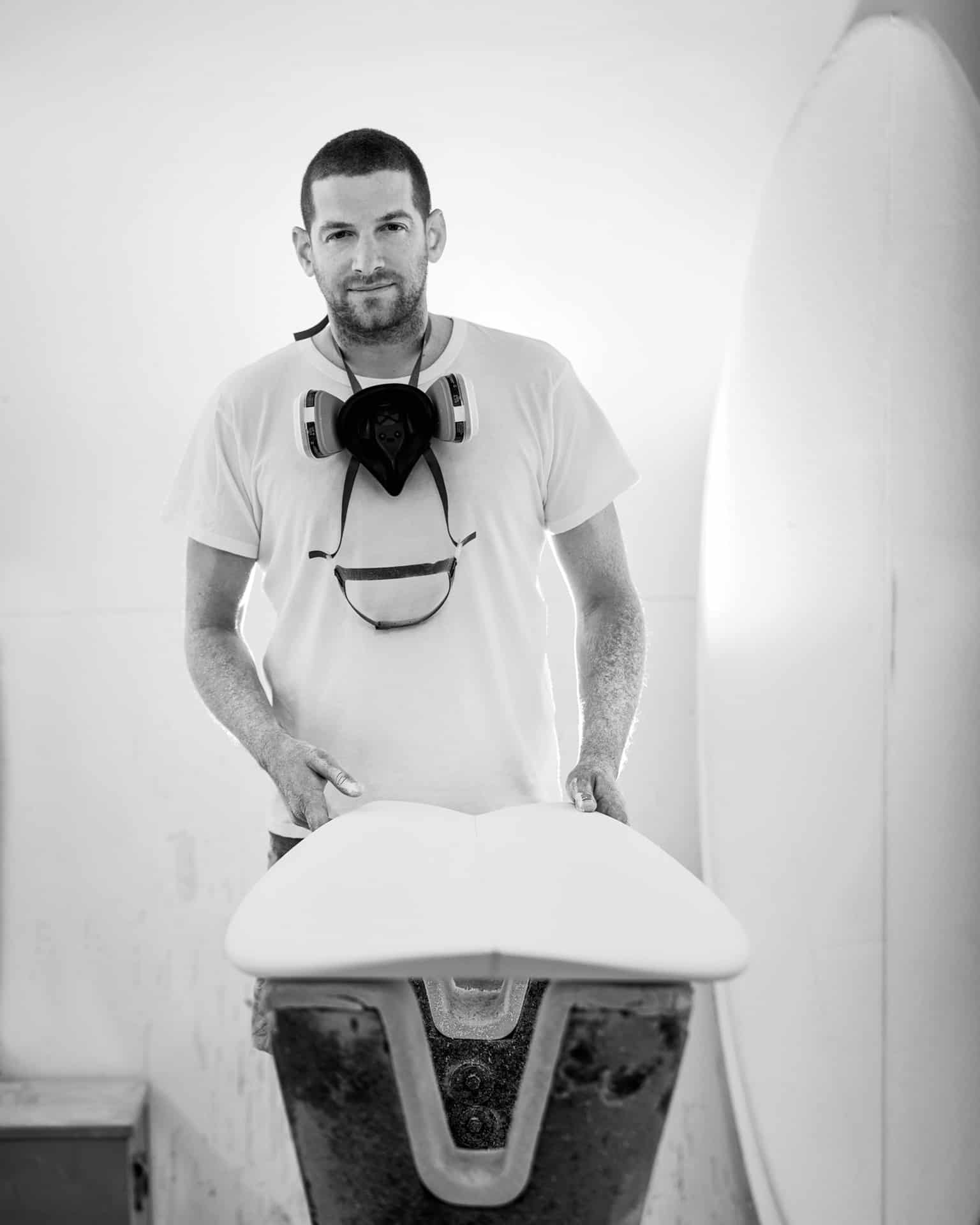
What was this area like in the ‘70s? Any interesting stories to share?
JM: This area is all industrial. There were a couple guys that started surfboard manufacturing in Southern California here on this block, and they all had different shops. Like that whole building that goes from Cypress to Valley—that was a surfboard factory, and the architecture place across the street—that was my dad’s shop warehouse. Next door to us we have plumbers, cabinet-makers, painters, a recording studio, but the surfboard factory has been here forever and we just built the surf shop two years ago.
When my dad first started working here, there wasn’t anything else around here. This place right here [points to the other side of the street] used to be this crazy house where a bunch of hippies used to live. There was a balcony with a cage, and inside this cage was a bunch of monkeys they had as pets. They’d throw a bunch of parties and get goofy.
I feel like Hermosa in the ‘60s and ‘70s was a much different place. Kind of like what Venice used to be. There wasn’t very much money, and everyone that used to live here was poor and did a bunch of funny stuff. It’s one of those things that make you sad that it isn’t that way anymore, but at the same time you can’t stop the ball rolling.
Speaking of, what are your plans for the future?
JM: The one thing I want to keep going is the history here with the surfboards. There are not a lot of places in Hermosa that have stuck around for so long, and that makes this place so interesting. It has a cool history, especially in the surf world. I feel like a lot of people don’t know about the factory and don’t know how long it’s been here and how many boards have come out from here. It’s always fun having people come through here saying things like, “Wow I’ve lived around the corner for 20 years. I had no idea this place was here.” That stuff is kind of cool. I just want to keep it going. Keep making boards and be part of that history and the next chapter of it.
A Local’s Guide to Dining, Shopping and More in Los Angeles
From the Eastside to the Westside, these are the best places to explore in the City of Angels.
The Track at Del Mar Kicks Off Its Fall Racing Festival in November
It’s more then just ponies.
Get the Latest Stories
